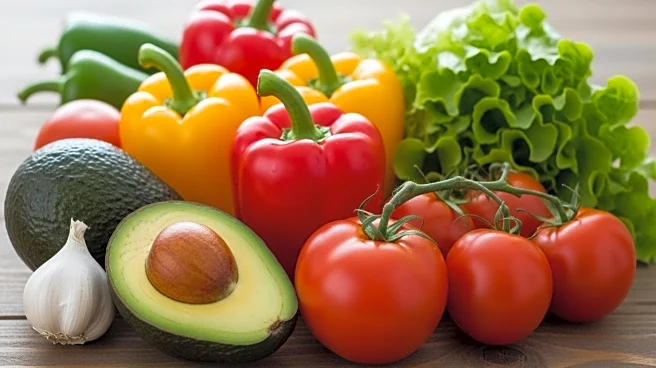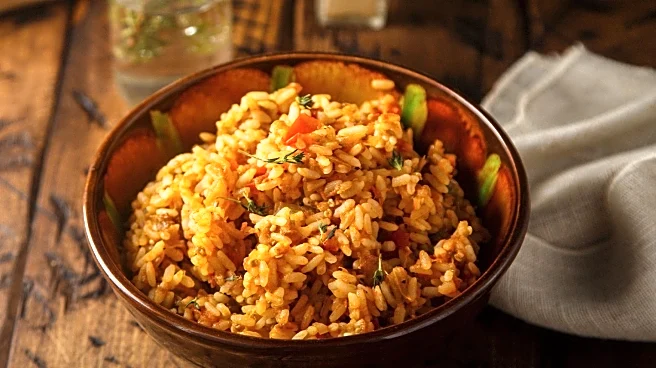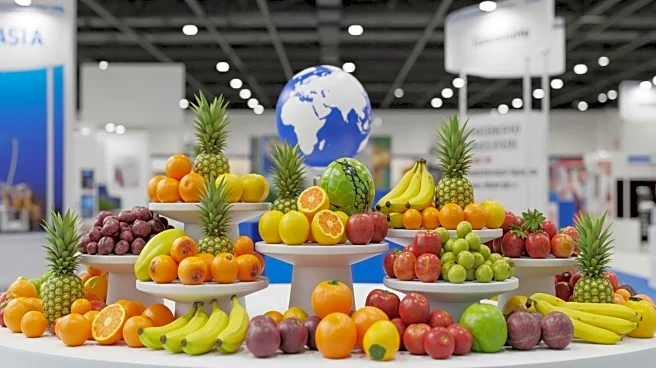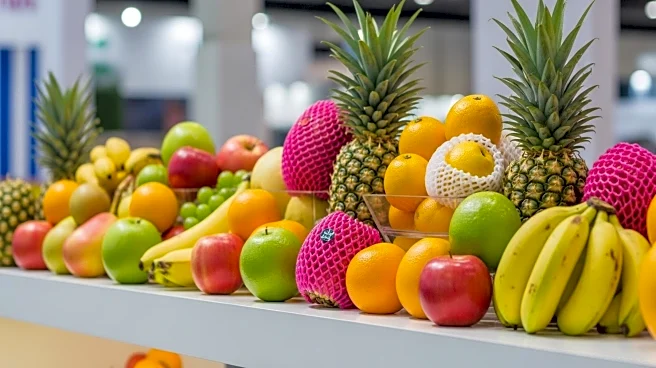Pad Thai is a quintessential dish in Thai cuisine, known for its vibrant flavors and diverse ingredients. This stir-fried noodle dish is a staple street food in Thailand, often enjoyed by locals and tourists alike. It is typically
made with rice noodles, shrimp, peanuts, scrambled egg, sugar, and bean sprouts, all fried together in a wok. The dish is a harmonious blend of sweet, sour, and salty flavors, making it a favorite among many.
Origins and Ingredients
Pad Thai has its roots in the Teochew word 'guê2 diao5', referring to a type of thick Chinese rice noodle. The dish was originally called 'kuai tiao pad Thai', which was later shortened to 'pad Thai'. The
main ingredients include rice noodles, eggs, and chopped firm tofu, flavored with tamarind juice, fish sauce, dried shrimp, garlic, shallots, and sometimes red chili pepper and palm sugar. It is often garnished with lime wedges and crushed roasted peanuts.
Signature Preparations
The preparation of Pad Thai involves stir-frying the ingredients in a wok, which allows for a quick and even cooking process. The noodles are typically soaked in water before
being added to the wok, ensuring they are soft and pliable. The dish is often customized with additional ingredients such as fresh shrimp, crab, squid, or other meats, depending on personal preference.
Regional Variations
While Pad Thai is a national dish, there are variations across different regions in Thailand. Some versions may include additional vegetables like bean sprouts, garlic chives, preserved radish, and
raw banana flowers. The choice of protein can also vary, with some regions favoring seafood over meat.
Cultural Significance
Pad Thai is more than just a dish; it is a symbol of Thai culture and culinary tradition. It
reflects the country's ability to blend different flavors and ingredients into a cohesive and delicious meal. As a popular street food, it also represents the vibrant and bustling food culture found in Thailand's cities and towns.
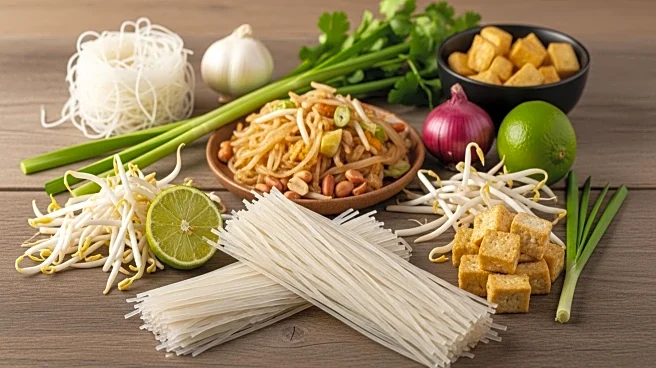
 Discover Daily
Discover Daily 